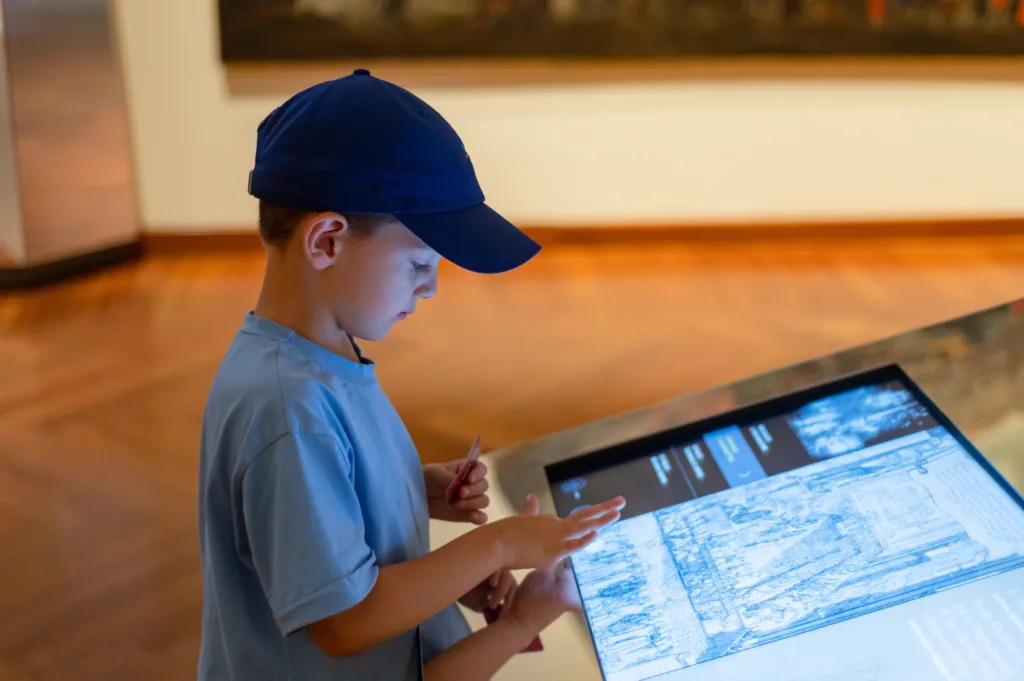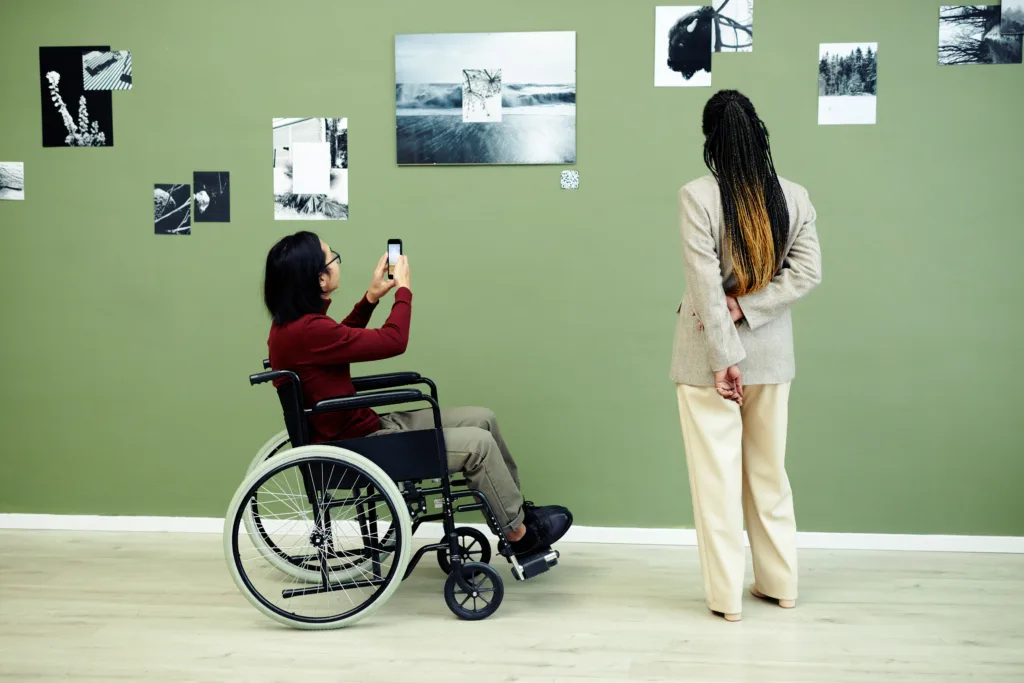Promoting Accessibility to Cultural Heritage: a European priority
Accessibility to cultural sites is crucial for social inclusion, but physical and sensory barriers are still challenges. Emerging technologies and projects such as Universal Design and ARCHES seek to make cultural sites more accessible. Investment in innovative solutions is essential for an inclusive future.
19 June 2024
Accessibility to cultural heritage is not only a human rights issue, but also a matter of social inclusion and cultural enrichment for the whole society. Cultural and historical sites are not only places of tourist interest, but also valuable resources for understanding history and traditions. However, many people with disabilities find it difficult or impossible to access these places because of physical, sensory, and/or cognitive barriers. The topic has become a priority in Europe, with a growing emphasis on eliminating physical and sensory barriers that prevent people with disabilities from fully enjoying monuments, museums and other cultural sites.
Technological Challenges and Solutions in Cultural Heritage Accessibility
Physical barriers, such as the lack of wheelchair ramps or elevators, and sensory barriers, such as the lack of audio guides or braille signage, make heritage accessibility difficult for many people. However, technological advances offer innovative solutions to improve accessibility. For example, location-based audio guides and 3D models of sites can provide a more inclusive experience for visitors with visual impairments. In addition, digital technologies enable the creation of accessible resources, such as video guides and interactive maps, that can be used by people with cognitive or hearing disabilities.

Promoting Inclusion through Universal Design.
A key approach to promoting accessibility to cultural heritage is User-Centered Design, a universal design that aims to create environments and resources that are usable by all, without the need for specific adaptations. This means designing cultural sites with accessibility in mind from the design stage, including features such as ramps, clear signage, and accessible multimedia information. In addition, involving people with disabilities in decision-making processes is essential to ensure that proposed solutions are effective and meet their needs.
European Projects for Cultural Heritage Accessibility.
The European Union has played an active role in promoting accessibility to cultural heritage through a number of projects and initiatives. One of these was theEuropean Year of Cultural Heritage in 2018, which saw the collaboration of European and national institutions to raise awareness of the importance of cultural heritage and promote its accessibility. In addition, the EU has funded projects such as ARCHES (Accessible Resources for Cultural Heritage EcoSystems) and COME-IN! (Cooperating for Open access to Museums – toward a widEr INclusion), which aim to develop innovative solutions to make cultural sites more accessible to all. One of the many interesting actions taken is theAccess City Award. Organized by the European Commission and the European Disability Forum, the three awards, given to the three most accessible European cities, “recognize and celebrate cities for their efforts in making it easier for disabled and elderly people to access public areas such as housing, children’s play areas, public transportation or communication technologies.”
Another step toward accessibility was taken through the EU Disability Card project. The project aims to introduce a card that would enable people with disabilities to access a range of free or reduced-cost services in the field of transportation, culture and leisure throughout the country on a reciprocal basis with other EU countries.The first group of eight participating countries includes Belgium, Cyprus, Estonia, Finland, Italy, Malta, Slovenia and Romania.

Examples of Projects in Italy
Italy is one of the European countries with a rich variety of cultural heritage sites and a strong commitment to accessibility. Projects such as A.D. Arte and Culture without Barriers have worked to map and improve the accessibility of Italian cultural sites, providing detailed information on access conditions and promoting specific initiatives for people with disabilities. Other projects, such as the Liquid Museum in Cagliari (MARC), won an online consultation in 2014 with its “Liquid Museum” project focused on accessibility. Defined as a dynamic and adaptive museum, it followed the Design for All approach, integrating signage and equipment to eliminate physical and sensory barriers. The collection has been digitized and made accessible online, while staff have been trained to improve visitor reception and assistance.
Conclusions
Accessibility to cultural heritage is essential to ensure that everyone can fully participate in the cultural life of society. Europe has made significant progress in promoting accessibility through a number of projects and initiatives, but challenges remain. Continuing to invest in innovative solutions and promoting the involvement of people with disabilities are key to creating a more inclusive future for all.
Making the digital tools we offer our customers more accessible, such as Showtime! Apps, keeping them competitive and quality, is an ongoing and iterative process for us, requiring us to keep abreast of technological opportunities and periodically review interfaces and end-user interactions.
